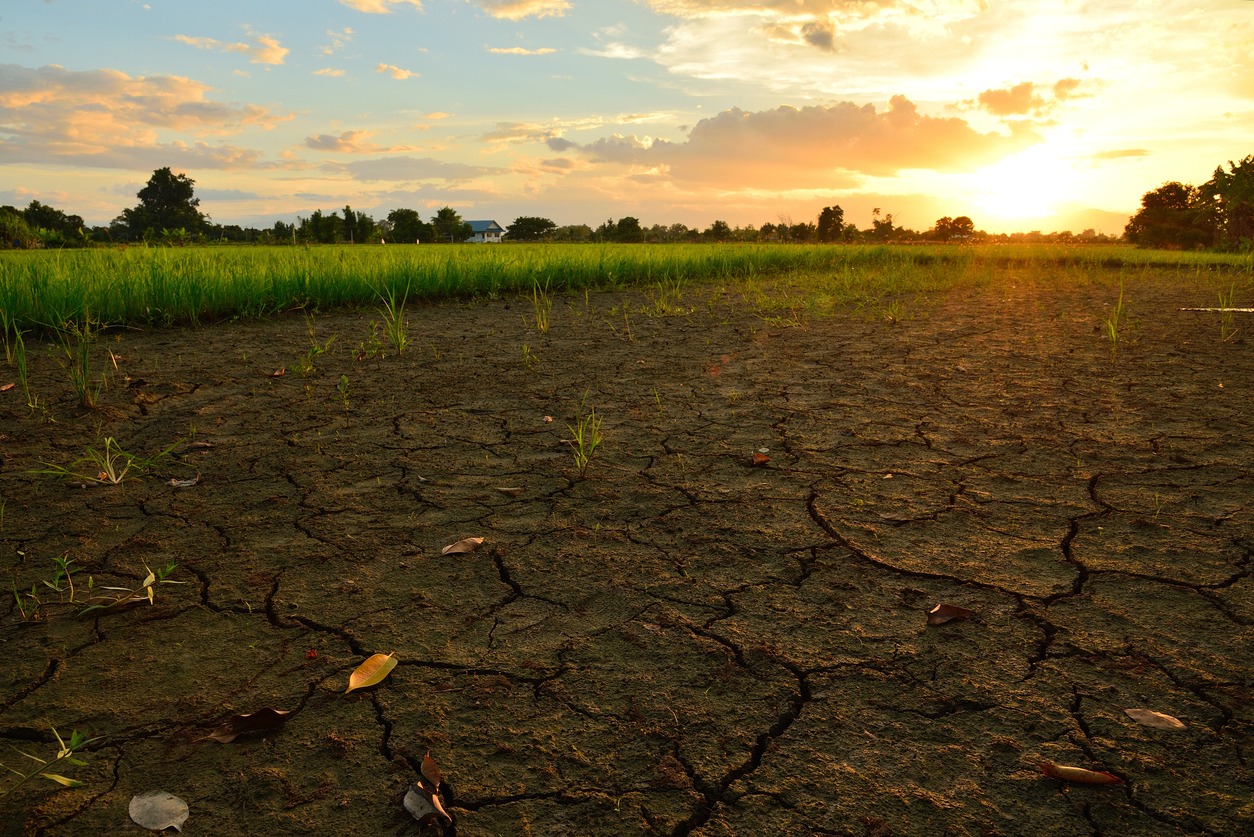A lot has changed in agribusiness since Erik Fyrwald took the helm of Syngenta in 2016.
The Swiss agribusiness was acquired and merged with China National Chemical Company (ChemChina), China’s state-owned agribusiness peer, in a $43 billion transaction. This was one of three huge deals between the sector’s so-called ‘Big Six’ agribusinesses that have effectively halved the number of major players in the market. To stay the landscape has changed is an understatement.
“The trend toward market consolidation has triggered fears among farmers that the pipeline for new herbicides and pesticides might slow. Regulators have required some divestments as a condition for approving the Syngenta deal,” Reuters reported at the time the Syngenta-ChemChina merger was secured.
But since then, investment in technology and innovation from new (and relatively early) market entrants has surged. Startup funding that totaled $8.2 billion in 2016 had doubled by 2018, reaching nearly $17 billion, according to AgFunder’s latest report on agrifood tech investing.
Recognizing the pipeline potential of food and agtech startups, corporate venture firms like Syngenta’s own Syngenta Ventures, have been incubating, investing in and acquiring these promising technologies and their founders. Last year alone, the range of Syngenta Ventures agtech investments included India’s fresh food delivery company Ninjacart, Denmark’s bio-pest control product company BioPhero, and Argentina’s agribusiness marketplace Agrofy.
Syngenta’s own acquisitions last year included Brazilian farm management software company Strider and US satellite imagery company FarmShots.
In advance of the F&A Next conference at Wageningen University this week, where Fyrwald will deliver a keynote on sustainable agriculture, AgFunderNews spoke with Fyrwald about innovation in the post-consolidation agribusiness market, feeding a growing global population, and what keeps him awake at night.
What does the series of large mergers in the sector mean for Syngenta’s and the sector’s ability to innovate and develop new technologies?
Our new owners are interested in long-term achievements, which gives us the freedom for increased investment in world-class R&D around seeds and crop protection. Part of this is a broader level of collaboration to enable more innovation for sustainable agriculture with strategic partners from all sectors such as the non-governmental organization The Nature Conservancy, academic institutions like the China agriculture university, and food companies like General Mills. Together we have to find an intelligent middle ground between environmental protection and food issues. We need to listen to each other and not forget to focus on the facts, despite the emotional aspects of the debate.
Our aim is to develop new technologies that help to feed a growing population while taking care of the planet. For instance, we develop new seeds and plants that are more resilient, can deal better with extreme weather and will therefore need less crop protection. The stronger the plant, the higher the yield. This way we can help to stop deforestation, support reforestation and contribute to a reduction of CO2 in the atmosphere. Furthermore, we invest 800 million dollars per year in developing new crop protection products that are safer and can be used in smaller doses.
What new innovations, or fields of innovation, excite you?
We have developed a digital tool for food production companies that registers exactly what a farmer does in his fields, which agents he uses, and so on. So when Kellogg’s, for example, buys raw materials from the grower, the company can see how sustainably they have been farmed and whether the farmer has produced fewer greenhouse gases. Consumers want to know such information and therefore these tools will become more important in the future.
In addition, we have [acquired] an app called FarmShots that can show a farmer, using satellite imagery, if a portion of his field has been hit by a disease. Then we tell him, for example, which fungicide he needs to spray, where and in what quantity. With this kind of tools we help growers increase yields by providing the right seeds and crop protection protocols and advice on timing to plant and to apply crop protection. On our 3,500 reference farms around the world this had led to 14 percent increase in food production per hectare of land. This helps feeding the world with less land and as we help farmers more broadly to increase production on less land we can stop and even reverse deforestation. In China and other parts of the world, we use drones to apply plant protection products as precisely as possible.
What challenges in the sector keep you awake at night?
I believe that the massive impacts of climate change to the world will be our greatest challenge. Developing solutions rather than talking about problems gets me excited and indeed, sometimes I stay awake thinking how we at Syngenta and our collaboration partners, can help create solutions.
What worries me at the moment is that the EU is moving away from science and risk-based regulation of technology. Instead, it seems that they are taking agriculture backwards so that farmers are losing key tools to be able to grow crops in an environmentally sustainable way. We need to carefully look at and trust in science. Otherwise, we might miss opportunities that are crucial for global food systems. We need to make sure that everybody has access to healthy food, that is produced in an environmentally-friendly way.
*This post was sponsored by F&A Next, an AgFunder Network Partner. Find out more here.*




